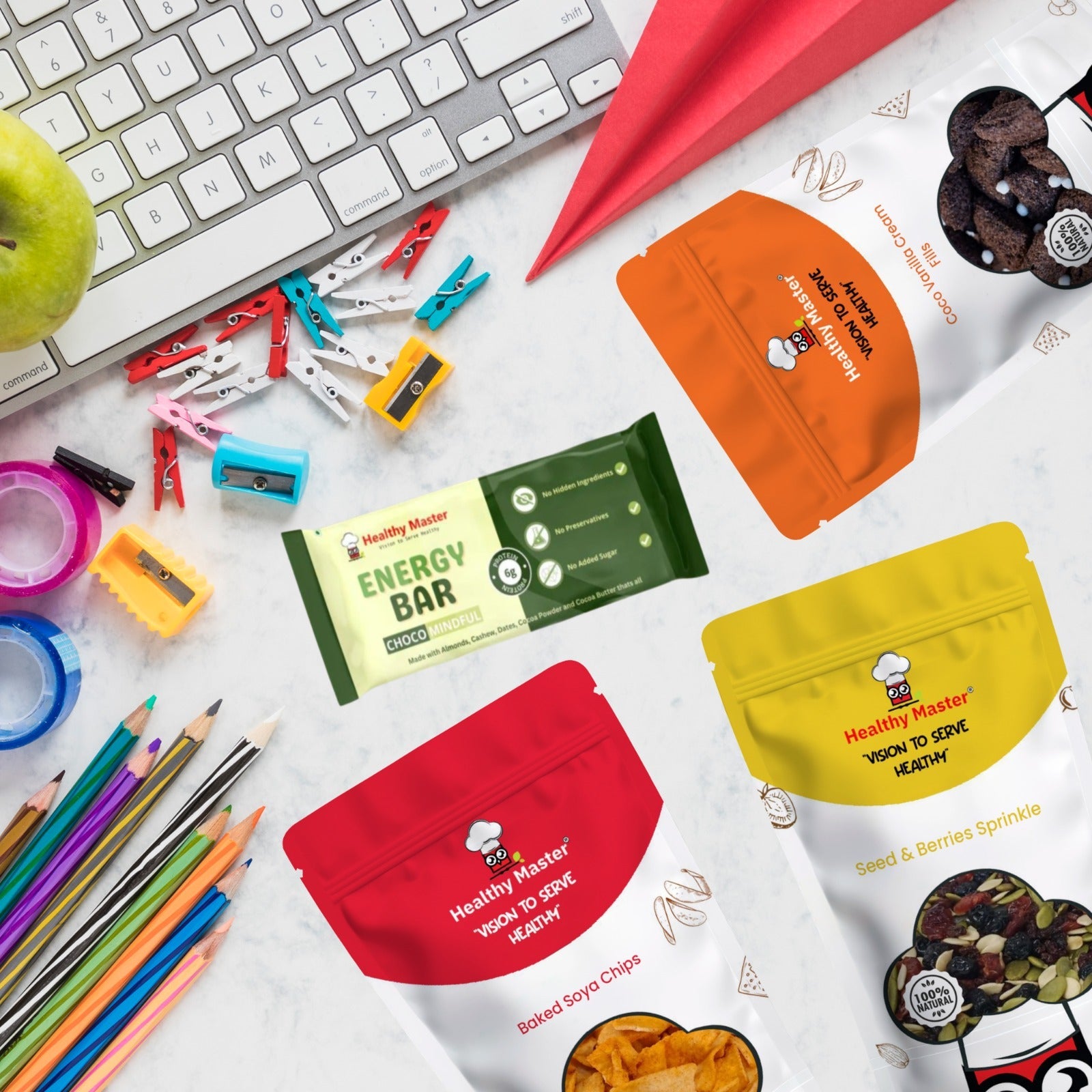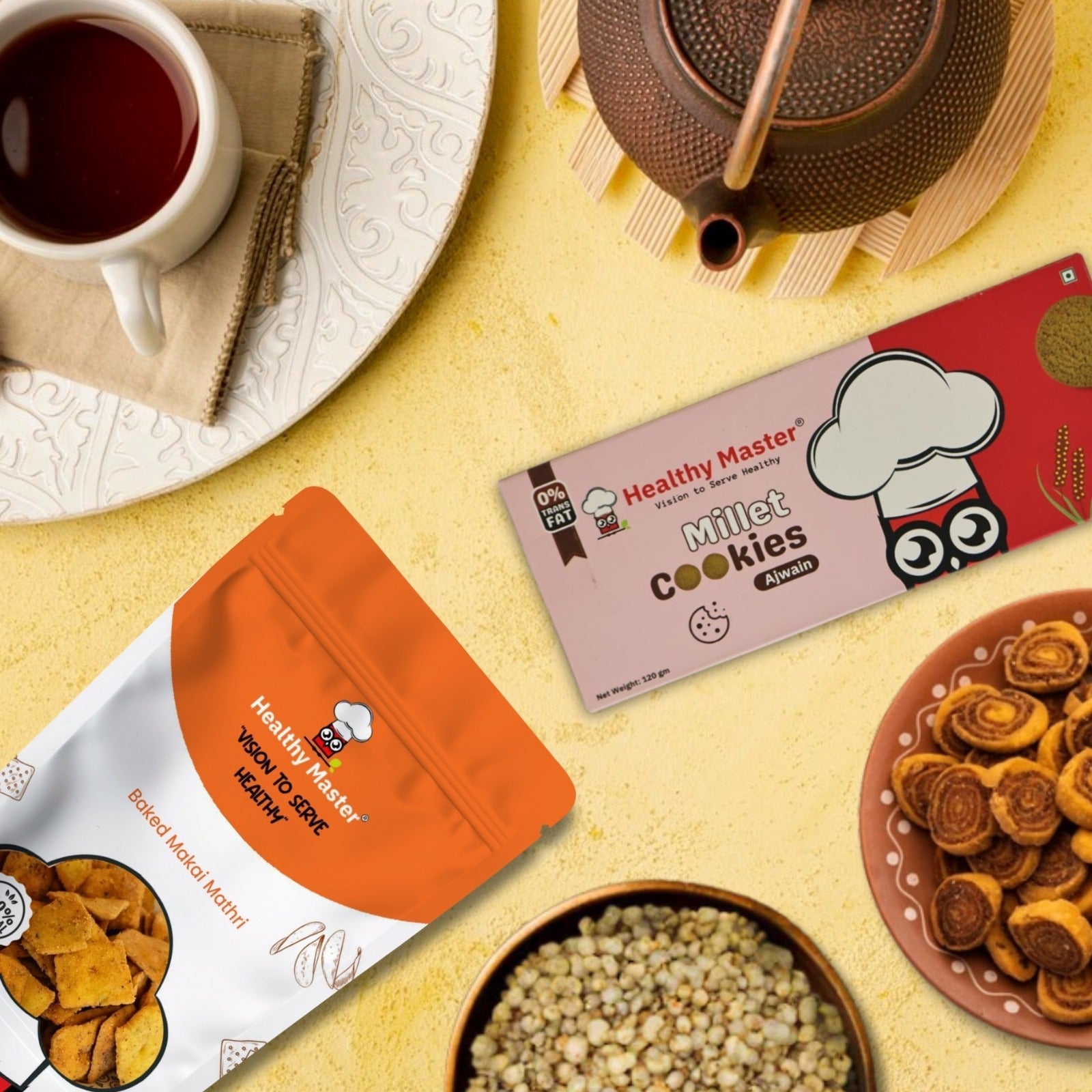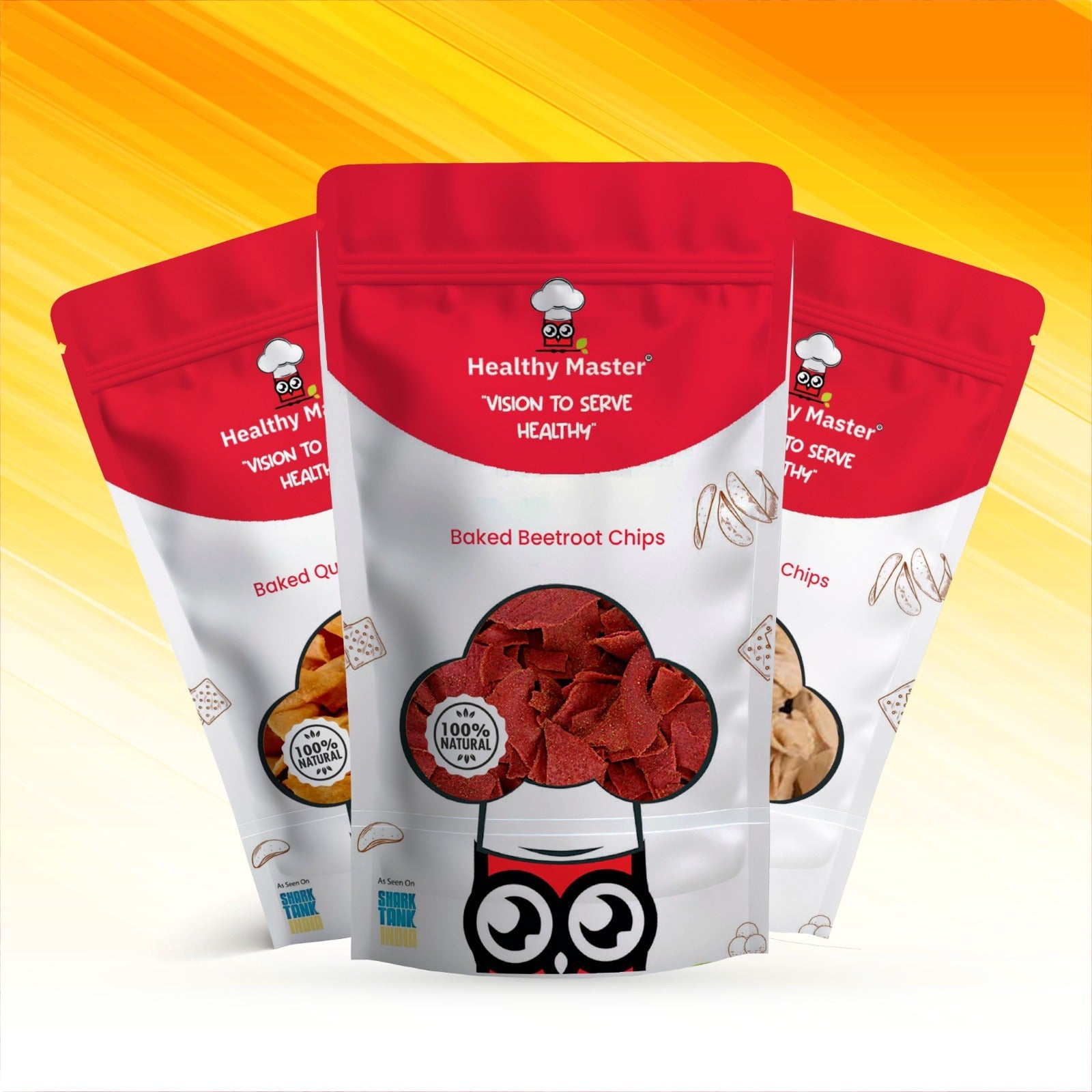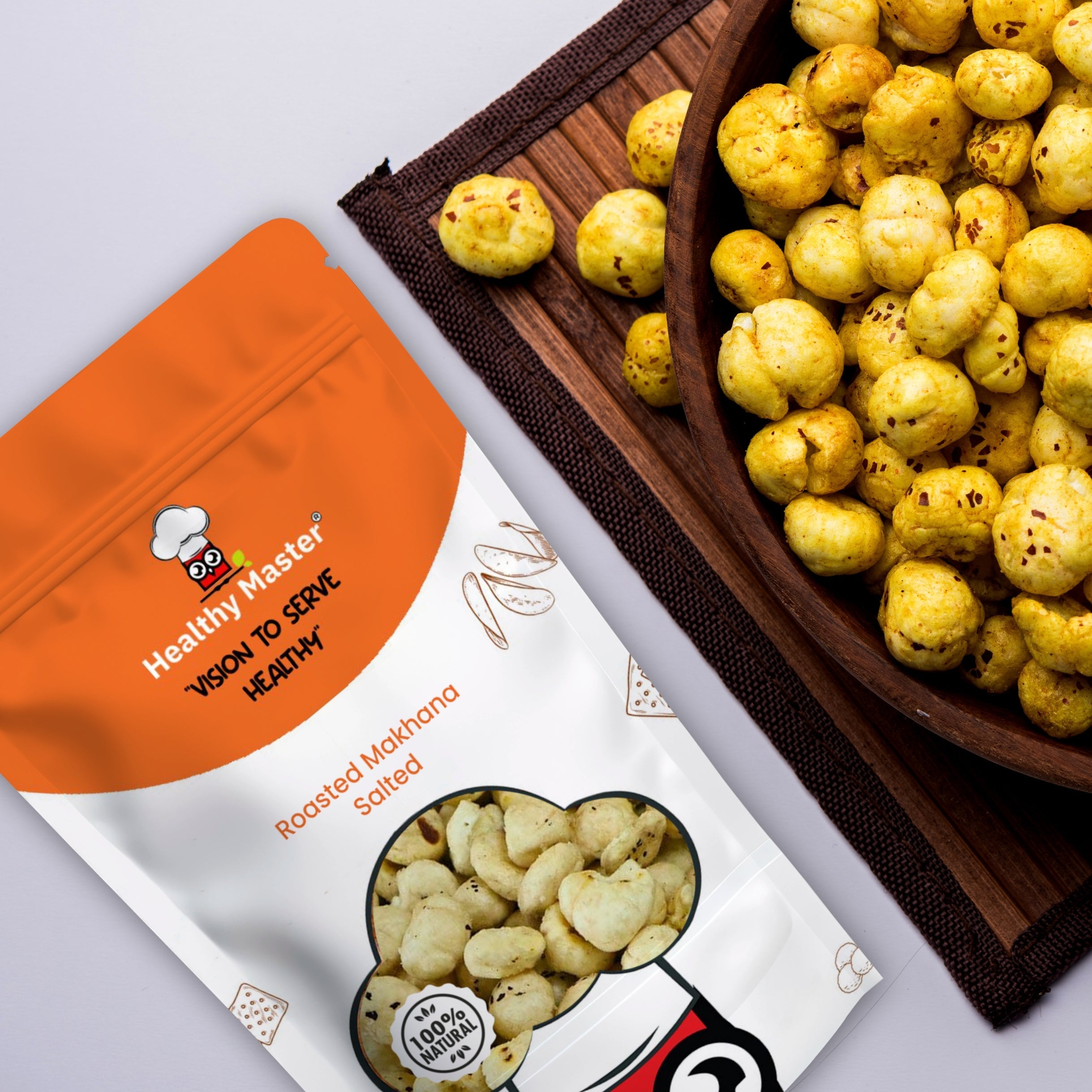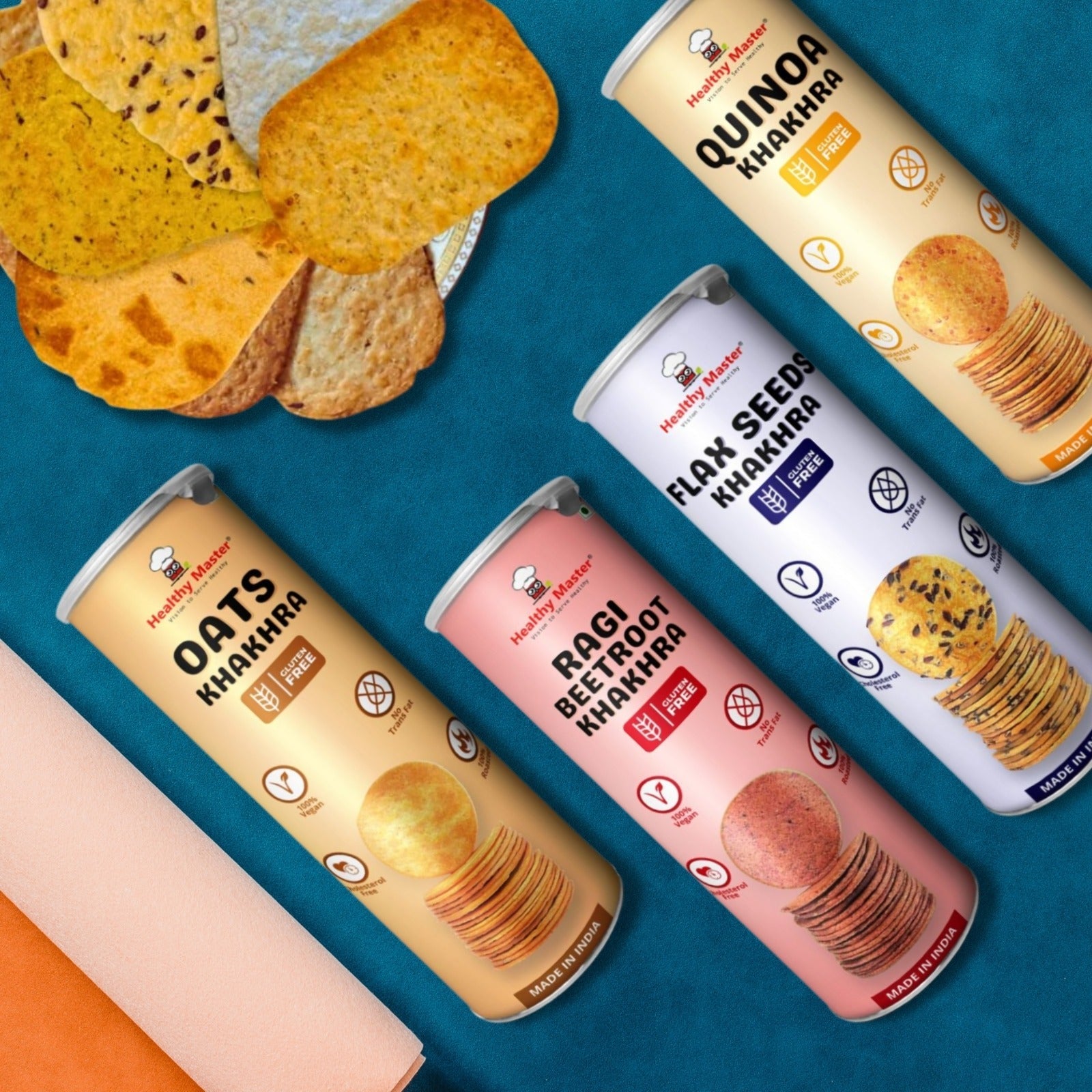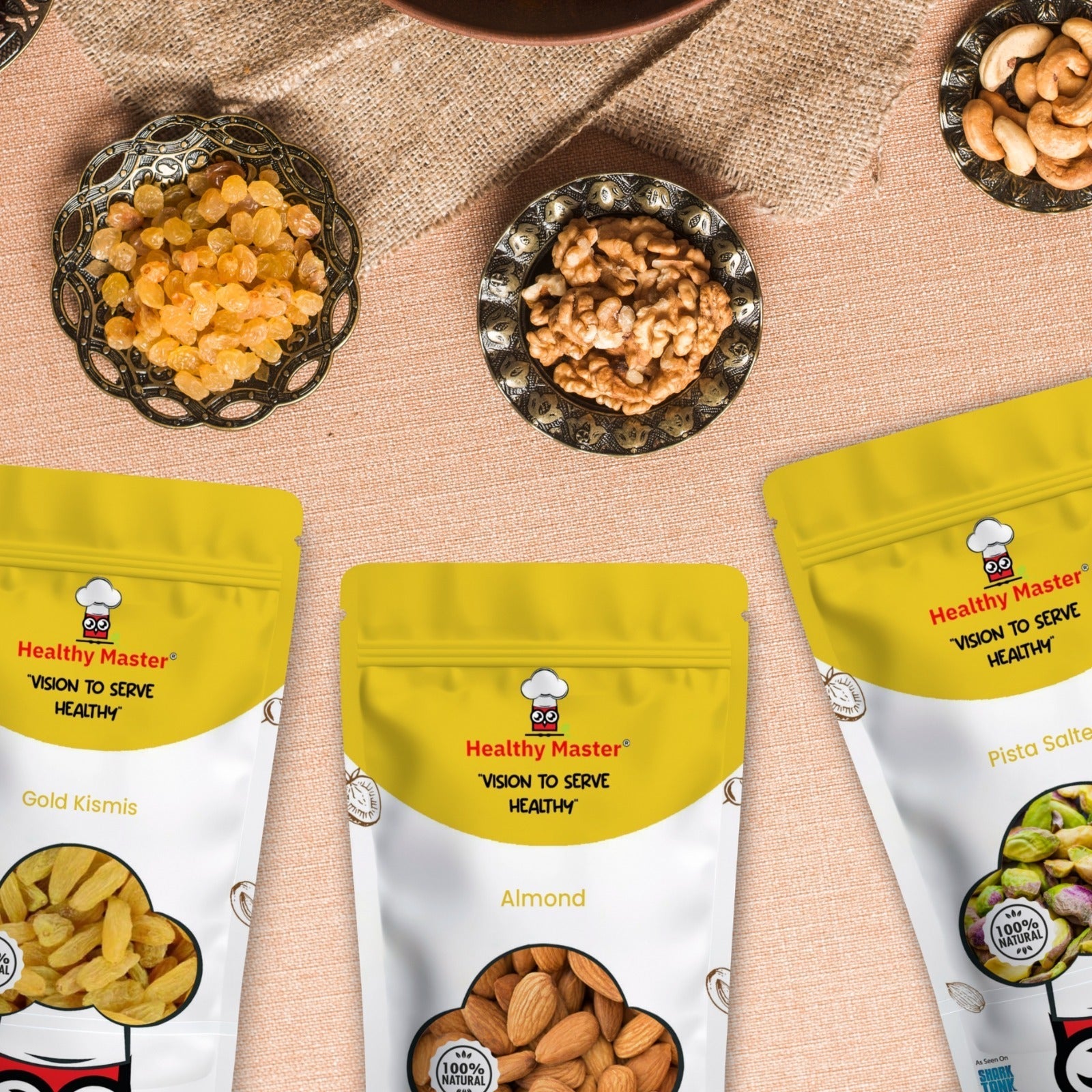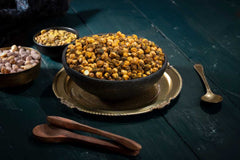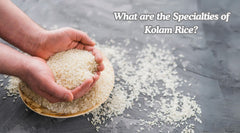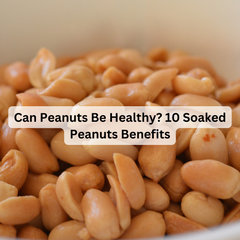It's one of the most talked-about topics in the food and nutrition industry: Clean Eating vs. Flexible Dieting. You might have noticed that fitness enthusiasts go on about how great it is to "eat clean," and others happily post photos of burgers and ice cream that still "fit their macros."
So, which one gets you where you want to go without turning food into math problems or a guilt trip?
In this in-depth look, we'll dissect the science, psychology, and usability of both flexible dieting and clean eating. If you're a mom who wants to keep fit, a new exerciser, or just someone tired of yo-yo diets, this guide will assist you in making an educated decision.
The Fitness World's Never-Ending Discussion
This isn't just a squabble between two diets; it's an ideological war. One is founded on restraint and purity, the other on freedom and moderation. Fitness forums, Reddit forums, and even health coaches are divided. Some absolutely believe in the digestion- and energy-boosting abilities of clean eating. Others state that flexible dieting is the only sane, sustainable way to eat in our crazy world.
But the question isn't "Which is better?", it's Which one suits you, your needs, and your lifestyle?
What Is Clean Eating?
Clean eating is not a diet; it's a philosophy of food. It's about eating whole, natural foods as close to raw as possible.
Some typical clean eating staples are:
-
Fresh fruits and vegetables
-
Whole grains like brown rice, quinoa, or millet
-
Lean proteins (chicken breast, eggs, tofu)
-
Healthy fats like avocado, nuts, and seeds
-
No added sugars and refined oils, very little
It's not about calorie-counting, but rather quality, not quantity. And yet, by definition, "clean" is subjective from person to person; clean for a vegan is not necessarily clean for a paleo fan.
Here at Healthy Master, we too believe in clean eating; our millet noodles, seed blends, and roasted chana are all prepared for real nourishment without preservatives or additives.
What Is Flexible Dieting (IIFYM)?
Flexible dieting or IIFYM, If It Fits Your Macros, is based on the belief that you can eat anything as long as it fits into your macro and calorie limitations.
It focuses on:
-
Tracking your macronutrients (protein, carbohydrates, and fats)
-
Eating a mix of whole foods and treats without shame
-
Prioritizing consistency and compliance over restriction
It is used by professional athletes and trainees for fitness since it allows them to eat what they want and still make consistent gains towards their goals.
Use-case: A working mom with a tight schedule can have a healthy homemade upma of millet as lunch and have a small dessert in the evening, both can fall within her day's macro goals.
Core Principles of Both Diet Approaches
Let’s break them down simply:
|
Principle |
Clean Eating |
Flexible Dieting |
|
Focus |
Food quality |
Nutritional quantity |
|
Goal |
Eat whole, natural foods |
Hit daily calorie and macro targets |
|
Tracking |
Not usually required |
Required (at least initially) |
|
Flexibility |
Limited |
High |
|
Mindset |
Discipline, food purity |
Balance, food freedom |
Pros and Cons of Clean Eating
Benefits of Clean Eating
-
High in fiber, antioxidants, and beneficial nutrients
-
Decreases inflammation and improves digestive system health
-
Suppresses cravings for processed food for a while
-
Increases better skin and energy
-
Decreases sugar and trans fat intake naturally
Drawbacks
-
Restrictive for some
-
Can lead to black-and-white food thinking ("clean" or "dirty")
-
Difficult to stick with when traveling or at social events
-
Can be expensive (organic, farm-to-table)
Advantages and Drawbacks of Flexible Dieting
Benefits of Flexible Dieting
-
Allows real-life balance (you can have cake at a birthday party!)
-
Encourages long-term consistency without burnout
-
Trains people in portion control and macro awareness
-
More mentally liberating for those with past food anxieties
Drawbacks
-
Requires weighing and tracking food, takes time for some
-
Too easy to neglect micronutrients (vitamins, minerals)
-
Can be used as a means to justify junk-heavy eating
-
Some struggle to eyeball portions when eating out
Nutritional Comparison: Clean Eating vs. Flexible Dieting
Clean eating is about what you're eating, and flexible dieting is about how much you eat. Both can have a positive impact on health, if you're thinking. A well-planned clean eating diet will simply have more optimal micronutrients, and flexible dieting keeps you from overdoing or underdoing it, and that makes a difference when it comes to body comp.
Take Healthy Master's protein-rich roasted peanuts, for instance; both models fit!
Which Diet Is Better for Weight Loss?
Flexible dieting is more specific to weight loss because you're measuring your calorie deficit straight on. But clean eating tends to cause unintentional weight loss because of:
-
Greater satiety from whole foods
-
Fewer binges on processed foods
-
Less hidden sugars
However, weight loss isn't guaranteed in clean eating if you're consuming plenty of calorie-rich healthy foods (such as nuts or smoothies).
Tip: Monitor your progress weekly and make changes. Not all calories are equal, but they're still worth counting.
Which Is Best for Muscle Gain and Performance?
Muscle building needs:
-
Consuming adequate calories (particularly carbs and proteins)
-
Regular strength training
Flexible dieting allows you to tune those numbers in. It's why it's so popular with bodybuilders and athletes; it's scientific and measurable.
Clean eating is fine too, but you will need to be super careful about eating sufficiently and not under-fueling your workouts.
Pro tip: Clean doesn't equate to bland. Add some flavor to your gains with Healthy Master's millet-based pasta, healthy and carb-laden!
Sustainability: Can You Keep It Up in the Long Run?
This is where real-world pragmatism comes in.
Clean eating is more convenient to practice when you're at home or prepping meals. But on holidays, special events, or when traveling? It feels like a hassle.
Flexible dieting, however, trains you to eat well even in chaotic, unorganized situations.
And sustainability is the actual key. A "perfect" plan you despise is worse than a "good enough" plan that you'll live with. Your long-term success relies more on consistency than perfection.
Impact on Mental Relationship with Food
Let’s talk psychology.
-
Clean eating can lead to “food morality”, where you feel guilt for eating something bad, which can spiral into stress or restriction.
-
Flexible dieting encourages food neutrality. A cookie is just a cookie, not a sin.
That said, excessive macro tracking can also backfire if it becomes obsessive. Ideal approach? Use clean eating as a foundation, and flexible tracking as a tool, not a cage.
Common Myths About Both Approaches
-
Myth: Flexible dieting is all junk food in disguise.
Reality: The most successful flexible dieters still consume 80% whole foods.
-
Myth: Clean eating kills the flavor.
Reality: The use of spices, herbs, and intelligent cooking means clean can taste amazing.
-
Myth: You can't build muscle on clean.
Reality: You can, it just takes more meal planning.
-
Myth: You will have to count macros for the rest of your life.
Reality: Most people will transition into intuitive eating once they know about portion sizes.
Also read about: Millet Myths Busted
Expert Insights: What Do Nutritionists Recommend?
Most certified nutritionists now agree that a hybrid approach works best:
-
Eat mostly whole, unprocessed foods
-
Allow for flexibility and occasional indulgence
-
Use macro tracking temporarily for awareness
Which Diet Fits Your Fitness Lifestyle Best?
So, Clean Eating vs Flexible Dieting: Who comes out on top? The truth is, they both work if they work for you.
-
If you love structure and whole food, clean eating is liberating.
-
If you crave freedom without going off the rails, flexible dieting is a game-changer.
The ideal diet isn't perfect. It's individual.
Find your middle path. Merge the framework of clean eating with the flexibility of flexible tracking. That's where lasting results and harmony with food reside.
Need a clean snack that suits any diet?
Try Healthy Master's variety of millet snacks, roasted seed mix, and zero-maida pasta. Delicious, healthy, and macro-friendly, they're designed to power your goals.
Explore our healthy snacks online – one bite at a time.
Frequently Asked Questions:
-
Can clean eating help reverse health issues?
Yes, many people report improvements in digestion, blood sugar, and energy after removing processed foods.
-
Will flexible dieting work if I don’t go to the gym?
Yes! It’s about nutrition balance, not exercise alone. But pairing it with strength training enhances results.
-
Can kids or teens follow either approach?
For kids, clean eating with moderate flexibility is healthiest. Avoid strict tracking at a young age.
-
What if I fail a day of clean eating?
There’s no “failing.” Just reset at the next meal—no guilt needed.
-
How do I know if I’m getting enough nutrients with flexible dieting?
Track micronutrients occasionally or use apps that include them. Eat varied foods, and you’ll be covered.
 Deal of the week : Trial Snack Box - 18 Wholesome Delights Just at ₹ 899.00
Deal of the week : Trial Snack Box - 18 Wholesome Delights Just at ₹ 899.00

